Search
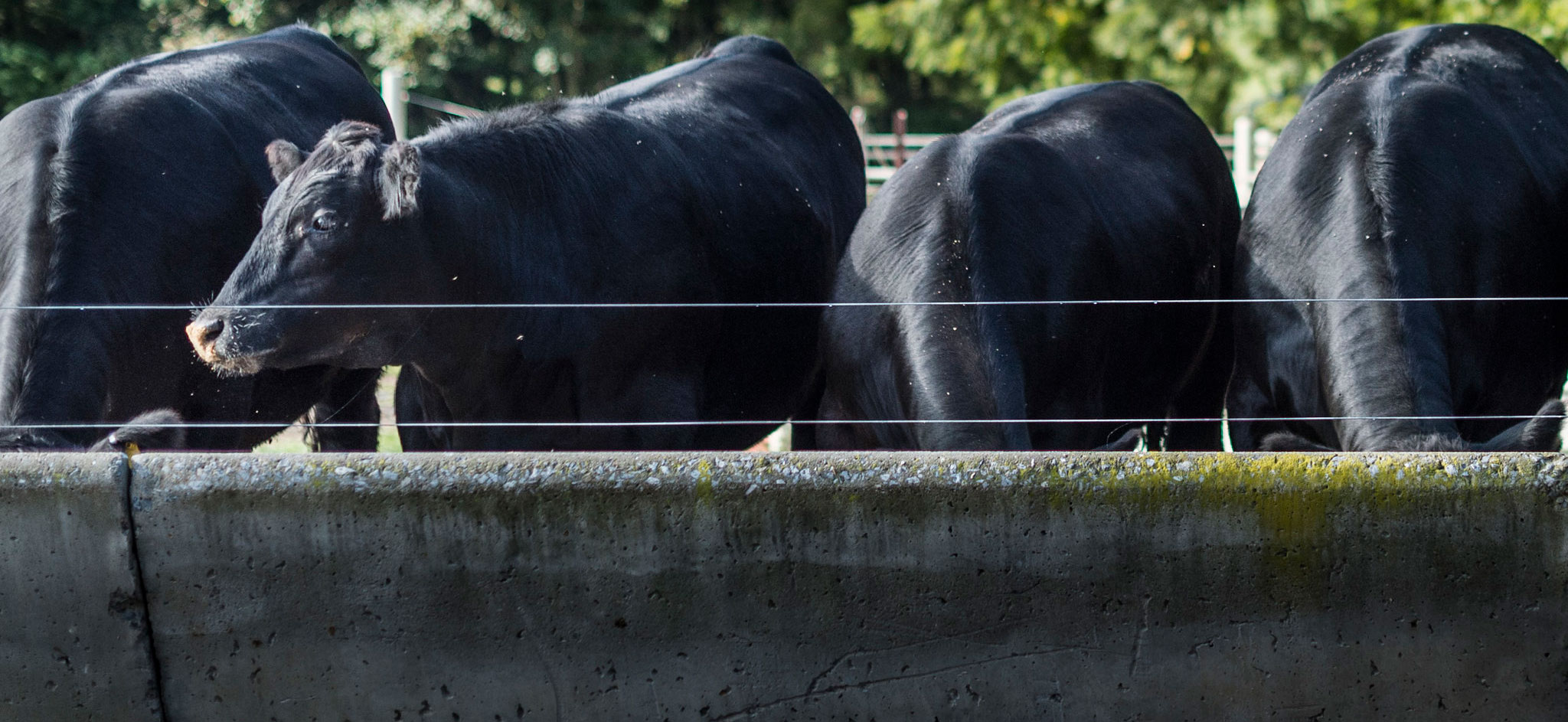
Feedlot Pen Maintenance Allows Cattle to Walk Easier
Beef feedlot operations are faced with daily tasks of managing feed and cattle inventory, animal health, labor, operational activities and marketing of the resident cattle in the yards. No less important are details to manage the feedlot environment and facilities.
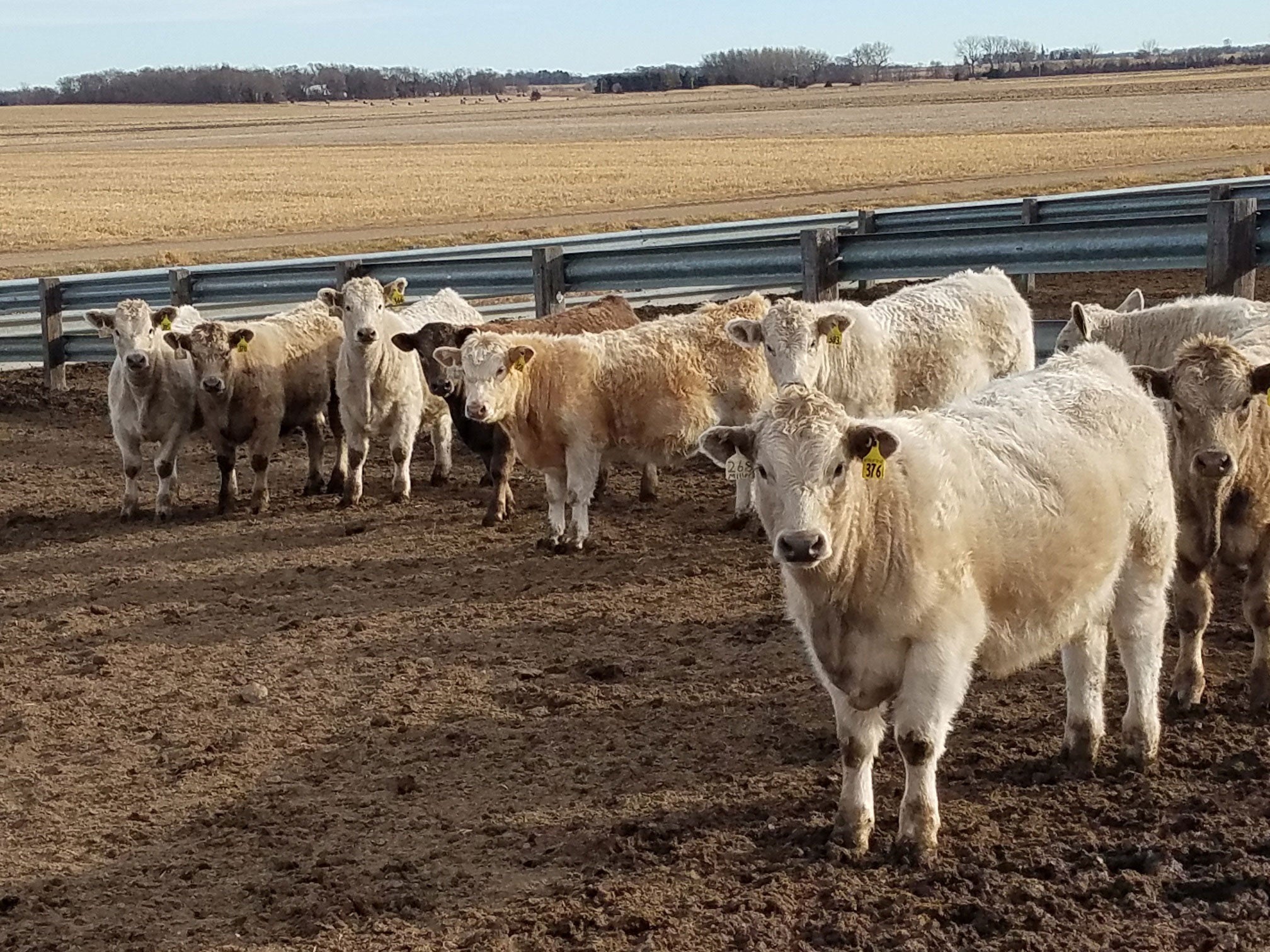
Feeding Value of Light Test Weight Corn
Whether due to planting delays, a cooler growing season, or an unexpectedly early frost, stress factors sometimes result in crops that do not meet standard test weight requirements. So how does reduced test weight affect the feeding value of corn and cattle performance?

Fetal Programming of Carcass Characteristics
Fetal programming effects on carcass traits as well as offspring growth are currently a large focus area in beef research.
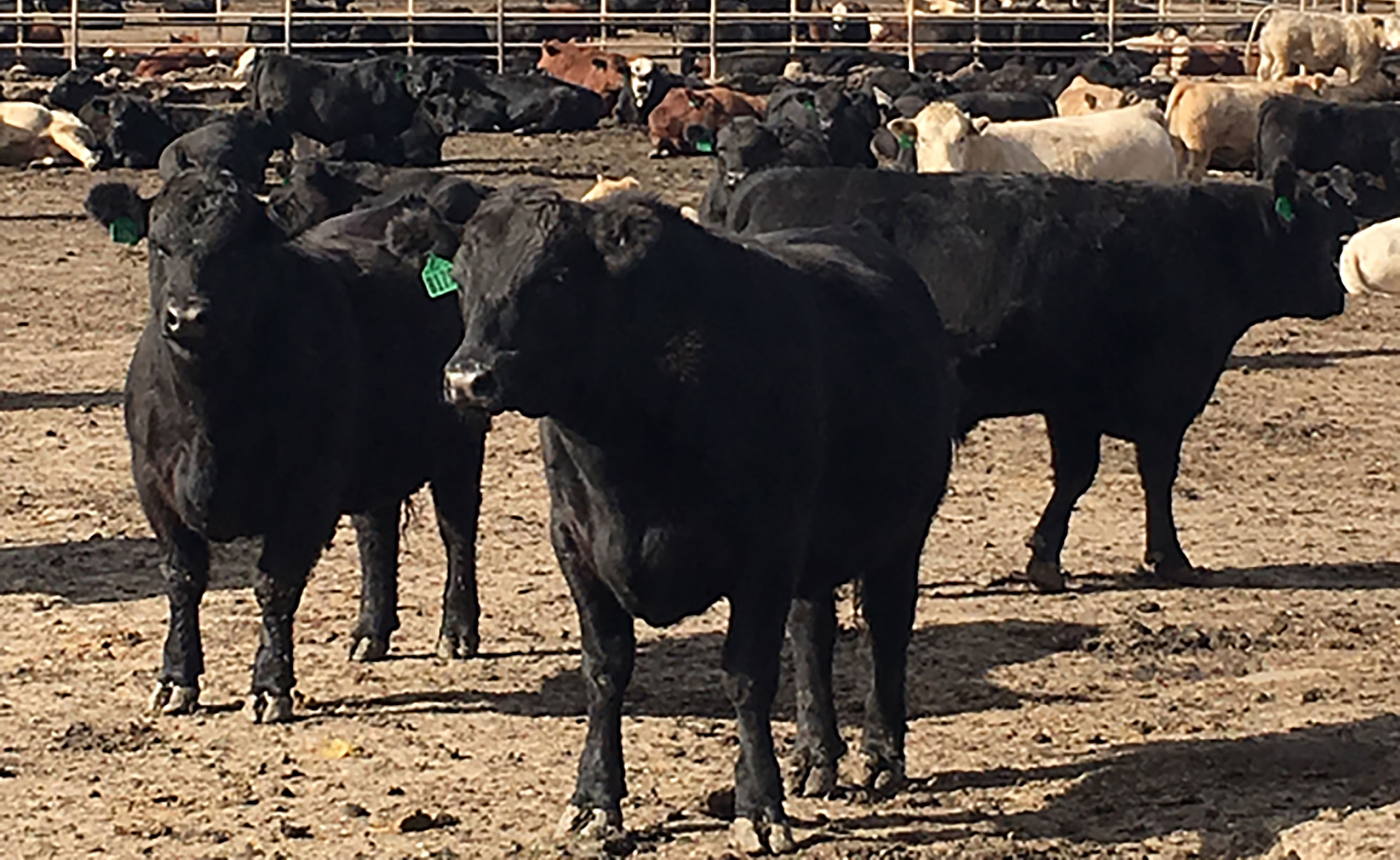
Drylotting Cow-Calf Pairs
Whether because of reduced forage production caused by drought, or increased competition for grazing acres, feeding lactating cows in a drylot is being at least considered as an option by more ranchers.
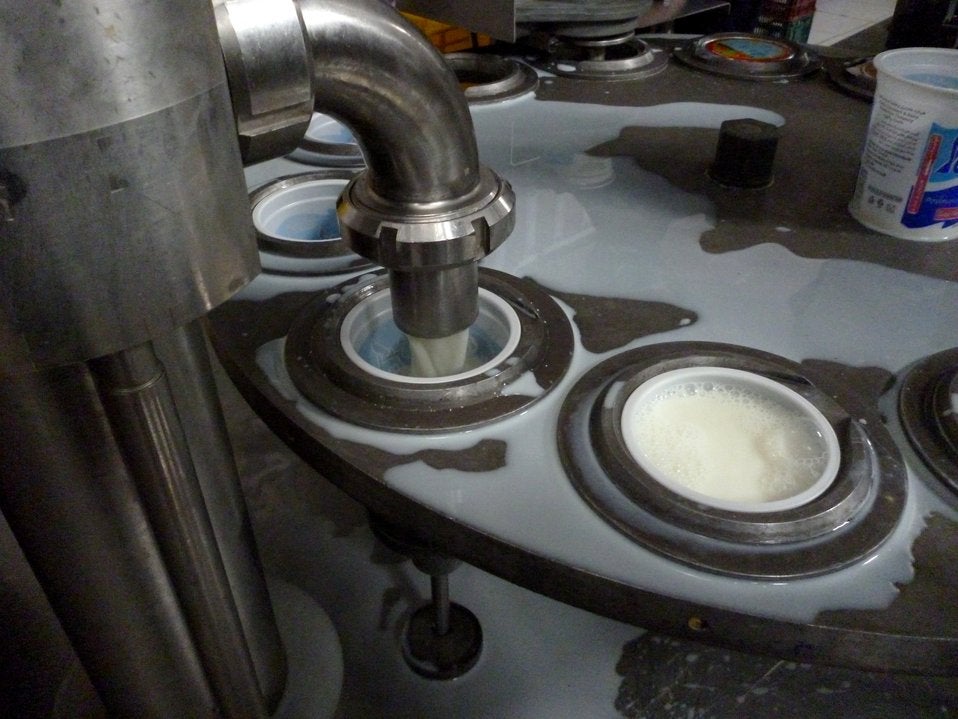
Yogurt: A Bright Future for Dairy?
On a percentage growth basis yogurt has clearly been the dairy industry’s shining star.
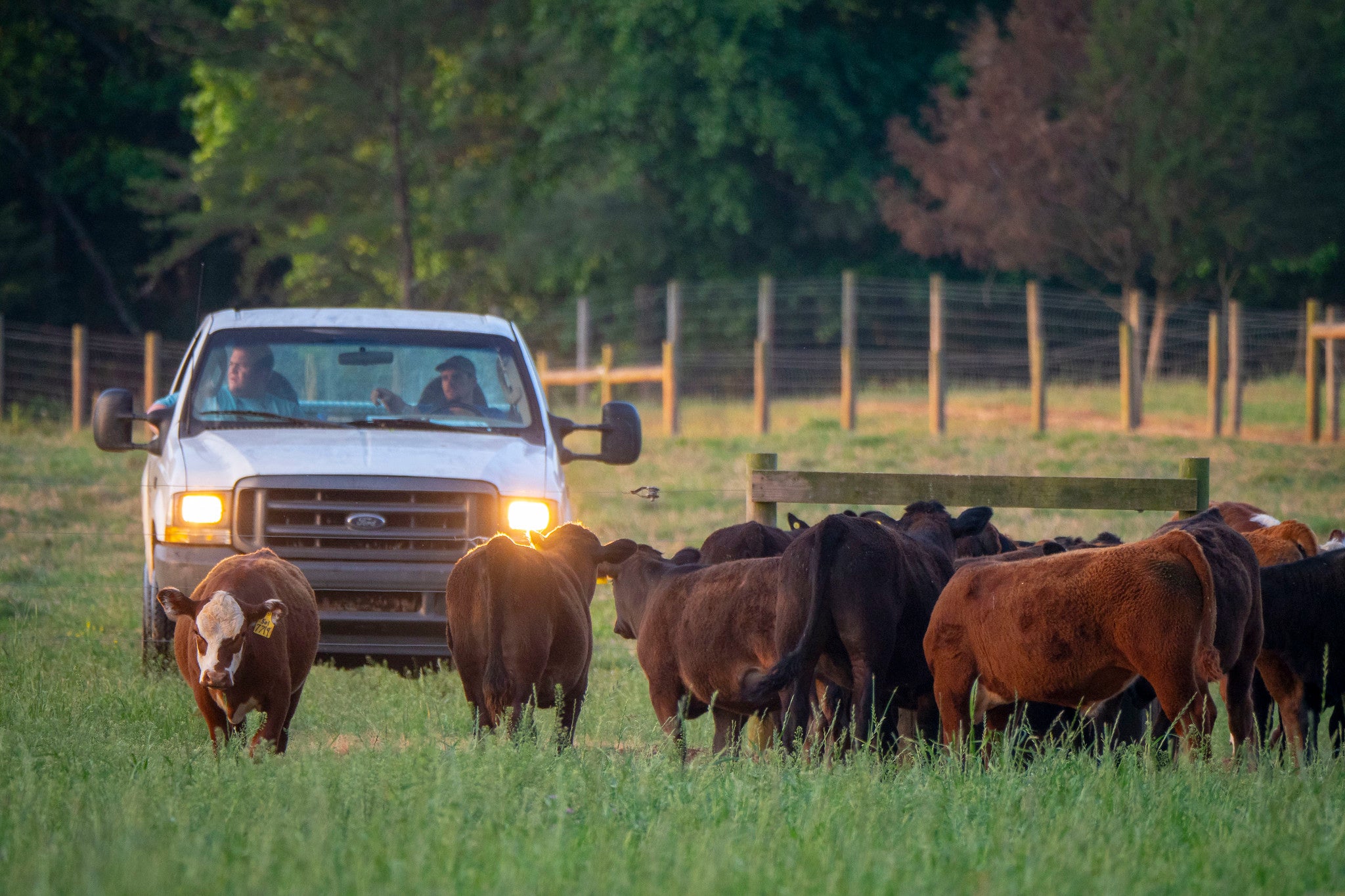
Managing Stress to Reduce Early Embryonic Loss in Beef Cattle
With the majority of pregnancy losses occurring in the embryonic period, it is critical to mitigate losses in livestock by managing stress and avoiding transportation when the embryo is most susceptible to mortality.

Impacts of Nutrient Restriction on Heifer Pregnancy Success
Understanding the factors impacting reproductive failure within heifers is critical to implementing management strategies that will improve heifers’ chances of remaining within the beef herd and successfully producing calves.
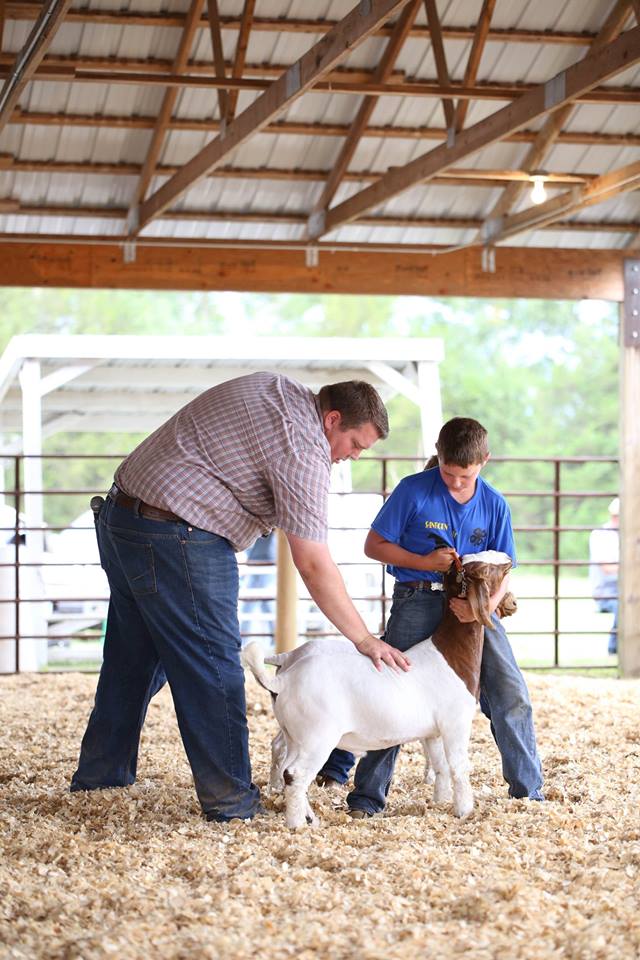
Bringing Home Your 4-H Goat Project
Sales and transport is a stressful time for any animal. Reducing stress factors due to transitions start before the actual purchase of your new project. Managing proper nutrition and disease management are just a couple factors to help your project get off to a great start.
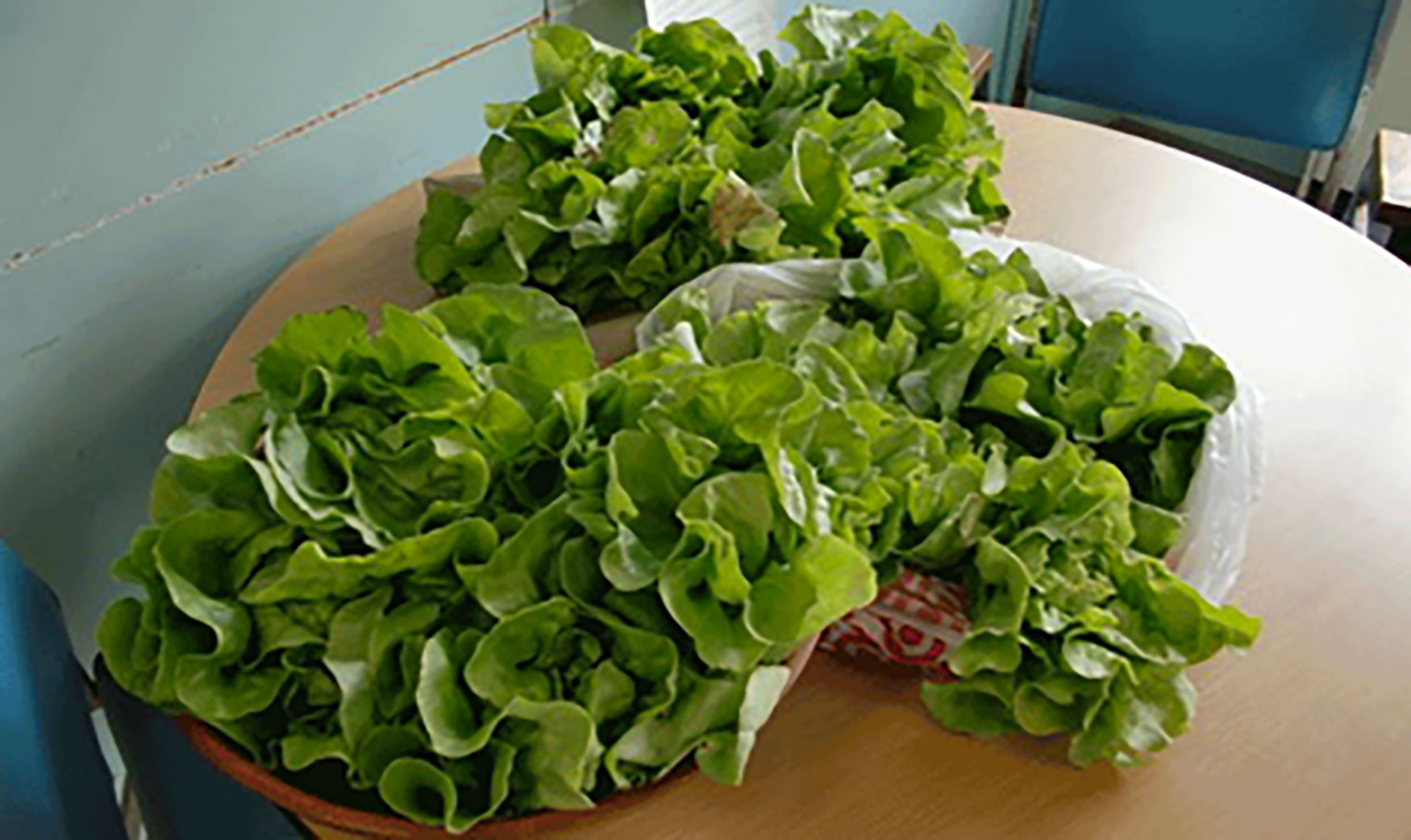
Best Practices When Harvesting Leafy Greens for Market and Home
The harvesting of leafy greens to maintain quality and safety focuses on the key risk factors from the time harvest begins to selling at market. The food safety risk factors involve temperature, time, water, worker hygienic practices, and food contact surfaces.
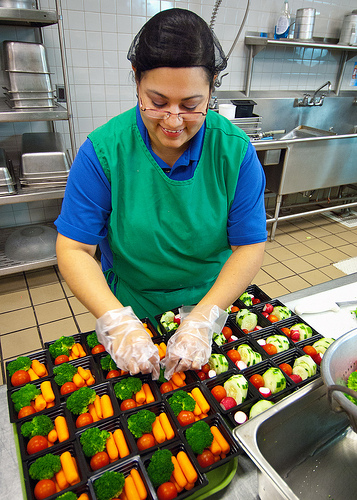
Disposable Gloves: Guidelines for Food Handlers
Improper handling of food and poor personal hygiene by food handlers are leading causes of foodborne illness. Disposable gloves do not take the place of good hygiene and proper hand-washing.